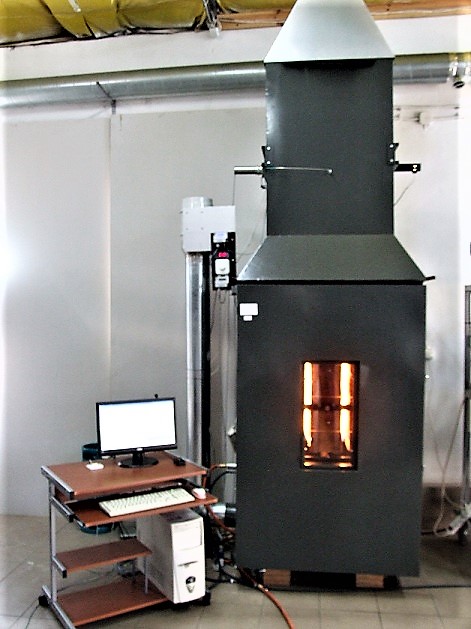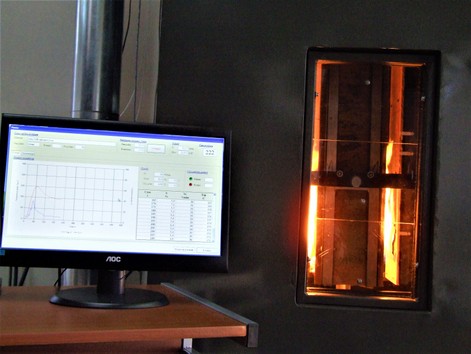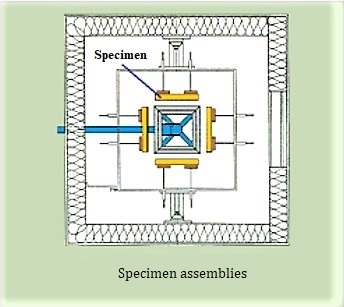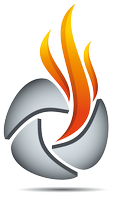DIN 4102
Laboratory
REACTION
TO FIRE TESTS FOR BUILDING MATERIALS/PRODUCTS BY
A METHOD OF “BRANDSCHACHT” ACCORDING TO DIN
4102-15, DIN 4102-16 AND DIN 4102-1
Principle
of the test method.
Four
specimens are assembled to form a shaft-formed test piece, placed in
a Brandschacht
(lit.
“fire shaftˮ) apparatus as in DIN 4102-15 and then exposed to
flame of a gas burner with the power of 20.84kW.



Stand
for testing reaction to fire of materials/products by a method of
“Brandschacht” (fire shaft)
Experimental
results are reported in terms of:
- maximum flame height
- time for achieving the maximum flame height
- flaming time
- ignition sample backside
- time for achieving the ignition sample backside
- burning droplets
- residual range
- average value of the residual range
- maximum flue gas temperature
- time for achieving the maximum flue gas temperature
- duration of burning after end of test
- maximum light attenuation
- integrated smoke obscuration
Measured
parameters are a base to quantitative determining class of reaction
to fire B1 based on requirements of the norm DIN 4102-1.
Test
specimen.
The
specimens shall be representative of the material used in practice.
Of one set to do of test material 4 samples are needed about
dimensions of 190x1000mm and of the thickness applied in
practice. In the case of materials about the thickness greater than
80mm one should reduce the thickness of samples up to 80±5mm. For
materials which are produced in various thicknesses or apparent
densities (or masses per unit area), it is normally sufficient to
test specimens having the minimum and maximum thicknesses, or minimum
and maximum apparent densities (or masses per unit area). For
building materials which exhibit different characteristics along or
across the direction of manufacture (e.g. coated fabrics, textiles),
one single test shall be carried out along and another test across
this direction. For
materials which are to be used in combination with other materials,
this influence shall be taken into consideration when preparing
specimens. One
should perform tests for three specimen assembles. Therefore
the number of samples of needed examinations to do fluctuates from 13÷33.
Applying
research methods - civil
engineering (requirements according to DIN
4102 part 1 for
class
B1).
